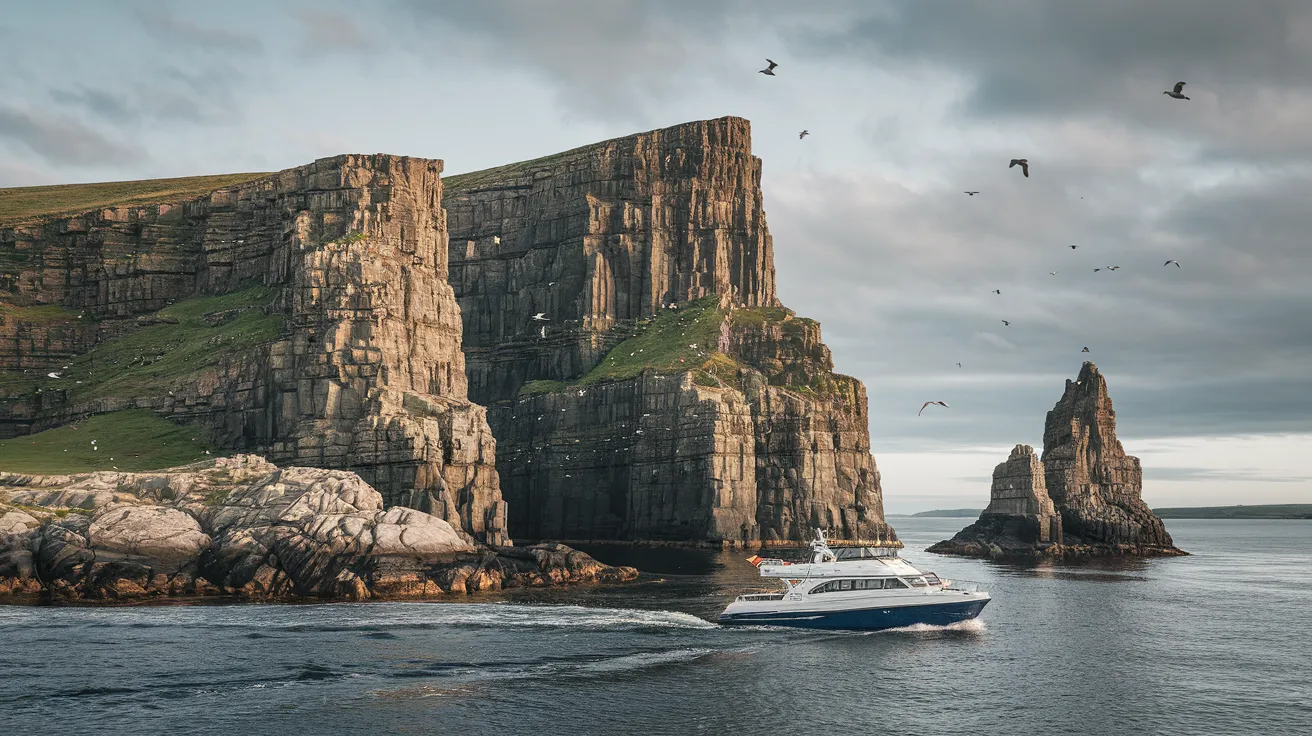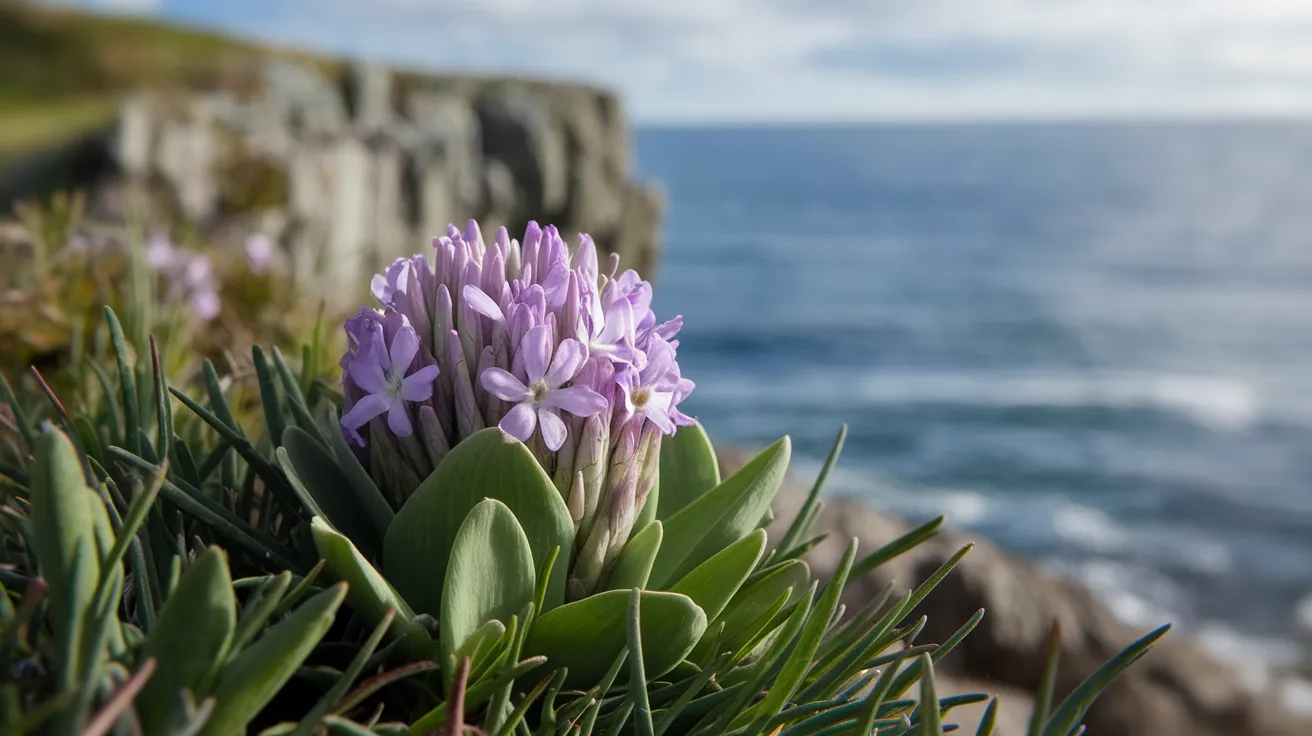Quick Navigation
- The German High Seas Fleet: A Sunken Armada
- Artificial Reefs: Marine Life on the Wrecks
- Dive Operators and Charters
- Diver Requirements and Conditions
- Best Time to Dive and Logistics
- Frequently Asked Questions
- Is Scapa Flow diving only for experienced divers?
- What is the water temperature?
- Can I see the wrecks without diving?
- How deep are the main wrecks?
Beneath the sheltered waters of Scapa Flow lies an underwater museum unlike any other – the graveyard of the German High Seas Fleet, scuttled here in 1919. This collection of massive WWI battleships and cruisers makes Scapa Flow one of the world's premier wreck diving destinations, attracting divers from across the globe. Exploring these colossal steel giants, now encrusted with vibrant marine life, offers an unparalleled blend of history, adventure, and underwater discovery. This guide delves into the key wrecks, the marine ecosystems they support, and the practicalities of diving in this unique Orcadian location.
The German High Seas Fleet: A Sunken Armada
The story begins at the end of WWI, when 74 warships of the defeated German fleet were interned in Scapa Flow. On 21st June 1919, fearing the ships would be seized by the Allies, German Rear Admiral Ludwig von Reuter gave the secret order to scuttle the fleet. Within hours, 52 vessels sank to the seabed. While many were later salvaged for scrap metal, seven large warships remain, forming the core of Scapa Flow's dive sites:
- The Battleships (König Class): Three sister ships rest upside down in deeper water (38-45m):
- SMS Kronprinz Wilhelm: Known for its intact propeller shafts and impressive size (25,000 tons).
- SMS Markgraf: Lies partially on its side, offering potential access to engine rooms for experienced wreck penetration divers. Features visible 12-inch guns.
- SMS König: The most salvaged of the three, but still offers impressive structure and visible gun turrets.
- The Light Cruisers: Four cruisers lie in slightly shallower water (25-36m), often more accessible and colonised by marine life:
- SMS Dresden: Relatively intact and upright, known for visible torpedo tubes.
- SMS Cöln: Lies on its side, offering interesting perspectives on deck structures.
- SMS Karlsruhe: Known for abundant marine life, including horse mussel beds and rare fan mussels.
- SMS Brummer: A fast minelaying cruiser, often home to large conger eels.
Diving these wrecks is like stepping back in time, exploring the engineering marvels and tragic history of these once-mighty warships.
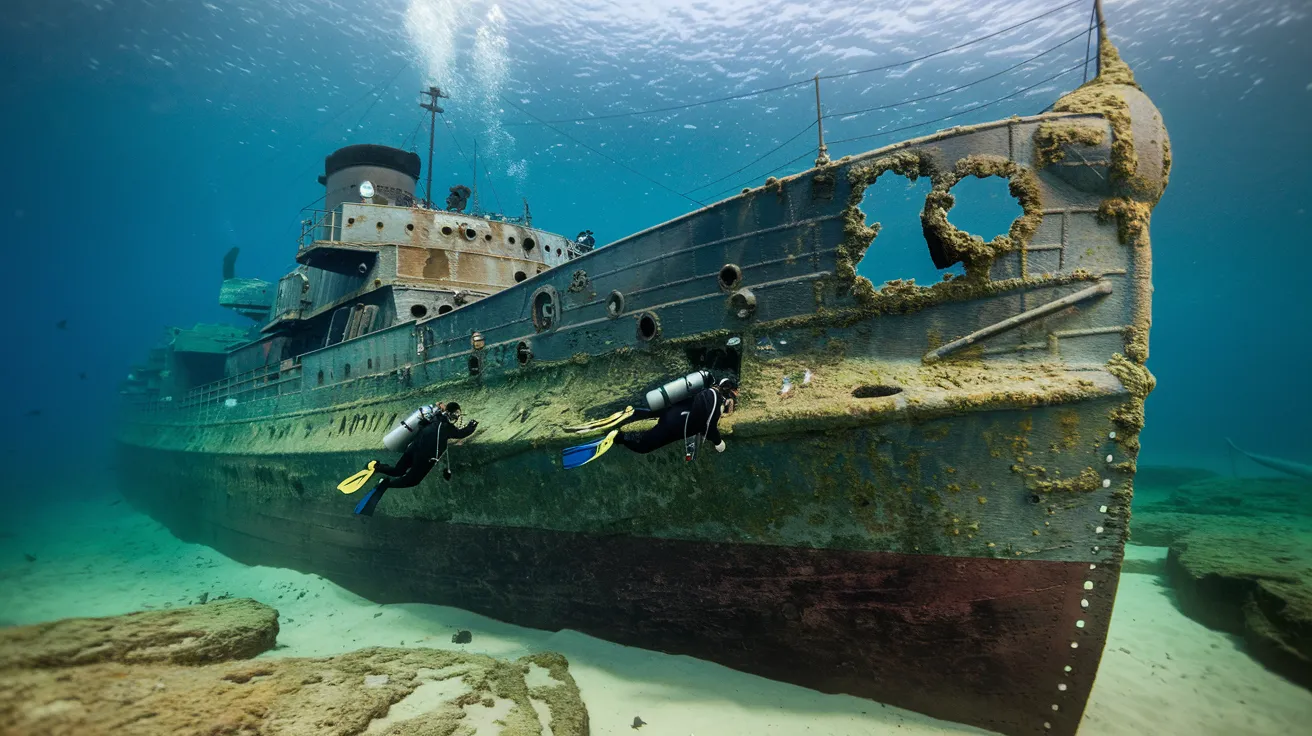
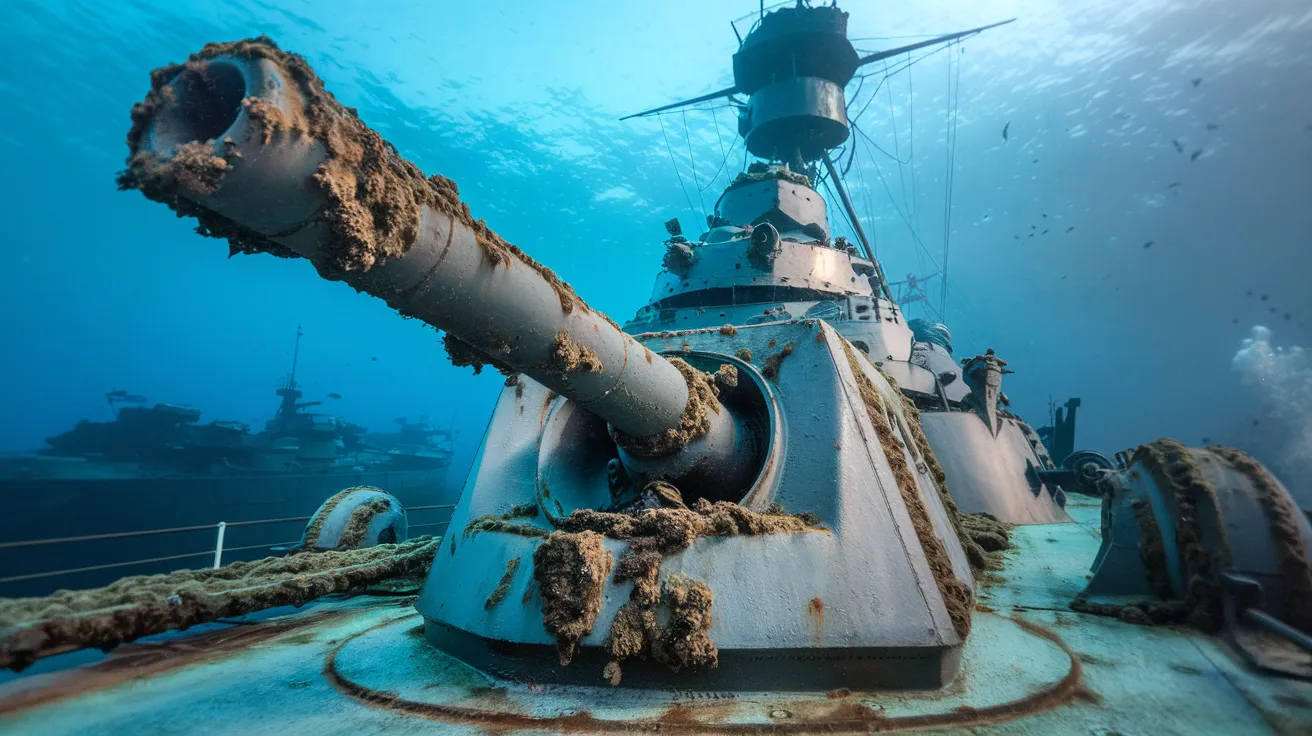
Artificial Reefs: Marine Life on the Wrecks
Over a century underwater, the German fleet wrecks have transformed into thriving artificial reefs, attracting a rich diversity of marine life:
- Invertebrates: Vast forests of colourful plumose anemones, dead man's fingers (soft corals), hydroids, and sponges encrust the metal structures, creating spectacular underwater gardens.
- Fish: Large shoals of pollack and cod often patrol the wrecks. Colourful cuckoo wrasse are common, along with ling, conger eels, and various flatfish on the surrounding seabed.
- Crustaceans: Lobsters and edible crabs find homes within the wreckage, while smaller crabs and squat lobsters inhabit crevices.
- Other Encounters: Curious grey seals frequently interact with divers. Rare species like fan mussels can be found on some wrecks (e.g., Karlsruhe). Seasonal visitors like jellyfish or comb jellies add to the spectacle.
The combination of historical artefacts and vibrant marine ecosystems makes Scapa Flow diving truly unique.
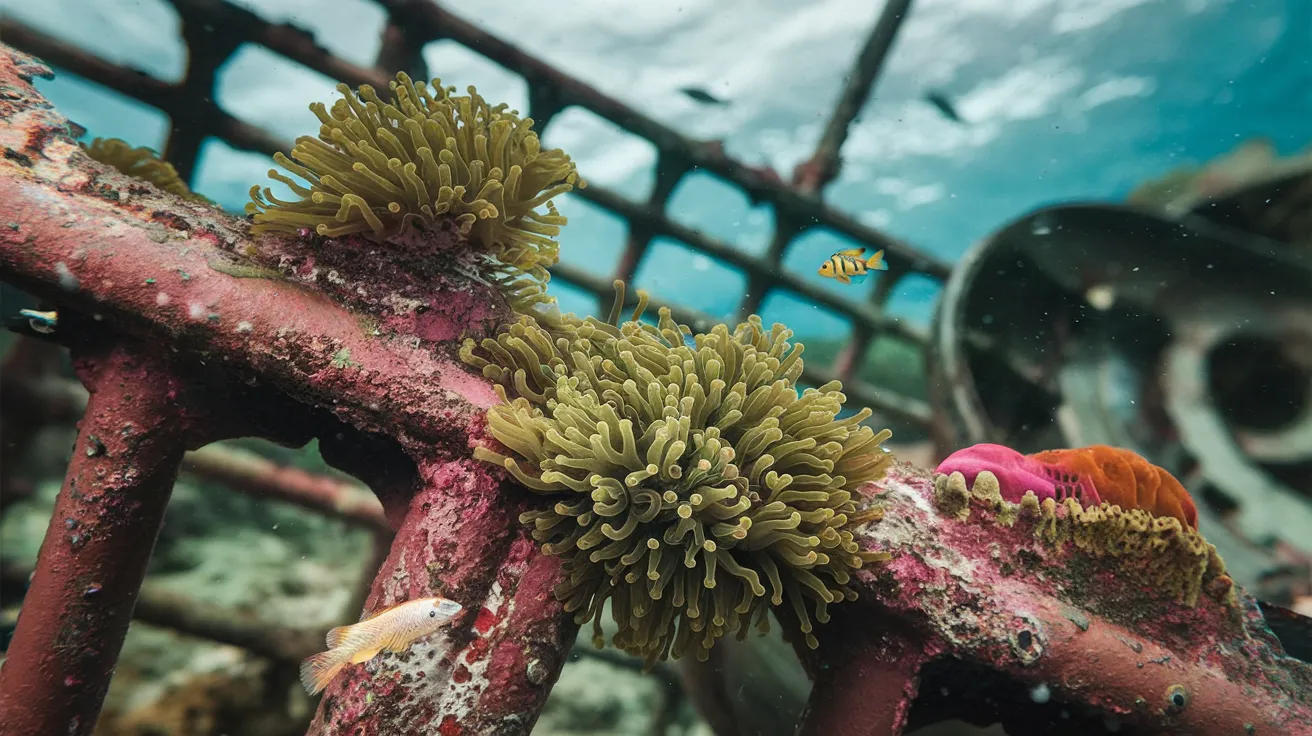
Dive Operators and Charters
Stromness is the main hub for Scapa Flow diving, with several experienced charter operators offering trips:
- Liveaboards: Vessels like MV Huskyan and MV Valkyrie offer multi-day trips with onboard accommodation, meals, and air/nitrox fills, providing intensive diving on various wrecks.
- Day Boats: Some operators may offer day trips, though liveaboards are more common for accessing the main fleet wrecks.
- Dive Centres: Scapa Scuba is a PADI-certified centre in Stromness offering training (including drysuit and wreck specialties), guided shore dives (e.g., Churchill Barriers blockships), and potentially boat dives.
- Services: Most operators provide air and nitrox fills, experienced guides familiar with the wrecks and conditions, and safety equipment including oxygen.
Booking well in advance (often 6-12 months or more) is essential, especially for peak season liveaboard trips.
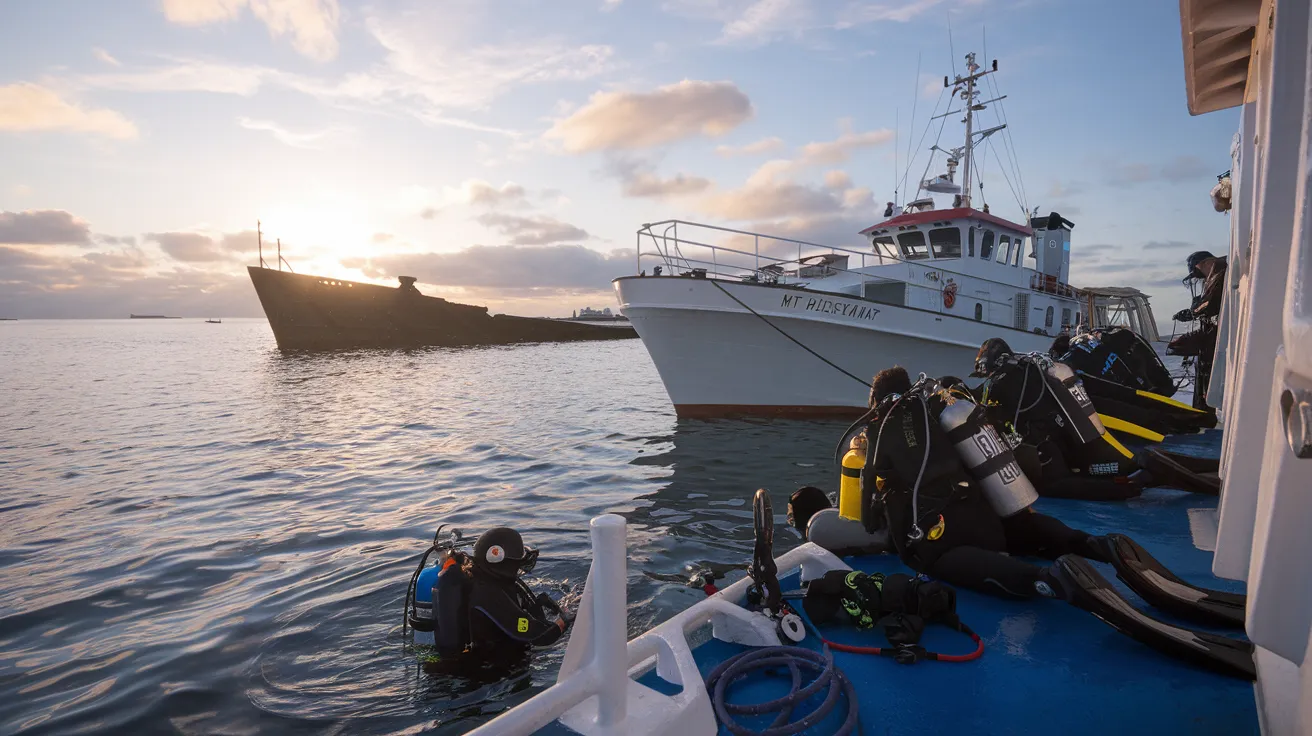
Diver Requirements and Conditions
Scapa Flow diving requires adequate experience and preparation:
- Certification: A minimum of PADI Advanced Open Water (or equivalent) is usually required due to the depths (many wrecks are 30m+). Experience in cold water diving and drysuit use is highly recommended (and often mandatory). Specific wreck diving training is strongly advised for safety and enjoyment.
- Water Temperature: Cold year-round, typically ranging from 6°C in winter to a maximum of 13-14°C in late summer. A drysuit is essential for comfort and safety.
- Visibility: Can vary significantly depending on season, tides, and weather. It ranges from 5 metres to over 20 metres, often best in late spring or autumn after plankton blooms subside.
- Currents: Generally minimal within the main Flow where the wrecks lie, but can be strong near the entrances (Hoxa, Switha sounds). Dive planning always accounts for tides.
- Wreck Hazards: Potential hazards include entanglement (fishing gear, loose wires), silt-outs inside wrecks, and disorientation. Proper training, equipment, and guiding are crucial.
Best Time to Dive and Logistics
- Optimal Season: May to September generally offers the calmest sea conditions and slightly warmer water temperatures. However, visibility can sometimes be better in spring or autumn outside of plankton bloom periods.
- Booking: Book dive charters and accommodation well in advance, especially for summer.
- Accommodation: Stromness offers a range of accommodation options convenient for dive operators, including hotels, B&Bs, and self-catering.
- Travel: Reach Orkney via NorthLink Ferries (to Kirkwall/Stromness) or Pentland Ferries (to St Margaret's Hope), or fly into Kirkwall Airport with Loganair.
To find relevant videos, search YouTube for "Scapa Flow wreck diving" or specific wreck names like "SMS Kronprinz Wilhelm dive".
Frequently Asked Questions
Is Scapa Flow diving only for experienced divers?
Diving the main German fleet wrecks typically requires Advanced Open Water certification and cold water/drysuit experience due to depth and temperature. Some shallower wrecks (like blockships) or scenic dives might be accessible to less experienced divers with appropriate training and guiding.
What is the water temperature?
Cold! Ranging from about 6°C in winter to 14°C in late summer. A drysuit is essential.
Can I see the wrecks without diving?
Some blockships near the Churchill Barriers are visible from shore at low tide. The Scapa Flow Museum on Hoy provides extensive information and artefacts.
How deep are the main wrecks?
The battleships lie between 38-45 metres, while the cruisers are generally shallower, between 25-36 metres.
Diving in Scapa Flow is a pilgrimage for wreck enthusiasts worldwide. It offers a unique opportunity to explore monumental pieces of naval history, now transformed into vibrant underwater ecosystems. With proper training, equipment, and guidance from experienced local operators, exploring this underwater heritage is an unforgettable Orcadian adventure. Find convenient Stromness accommodation for your dive trip.

